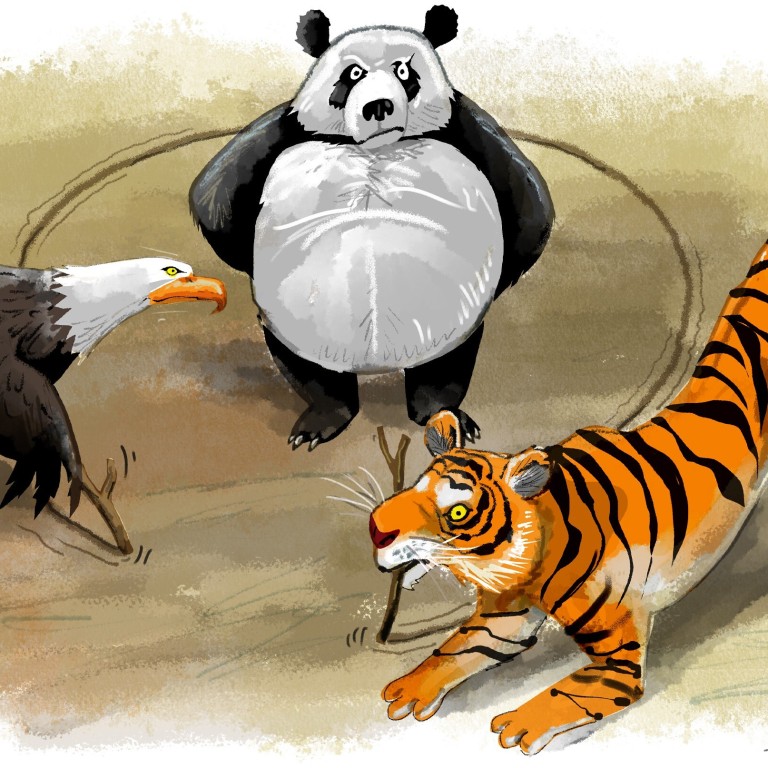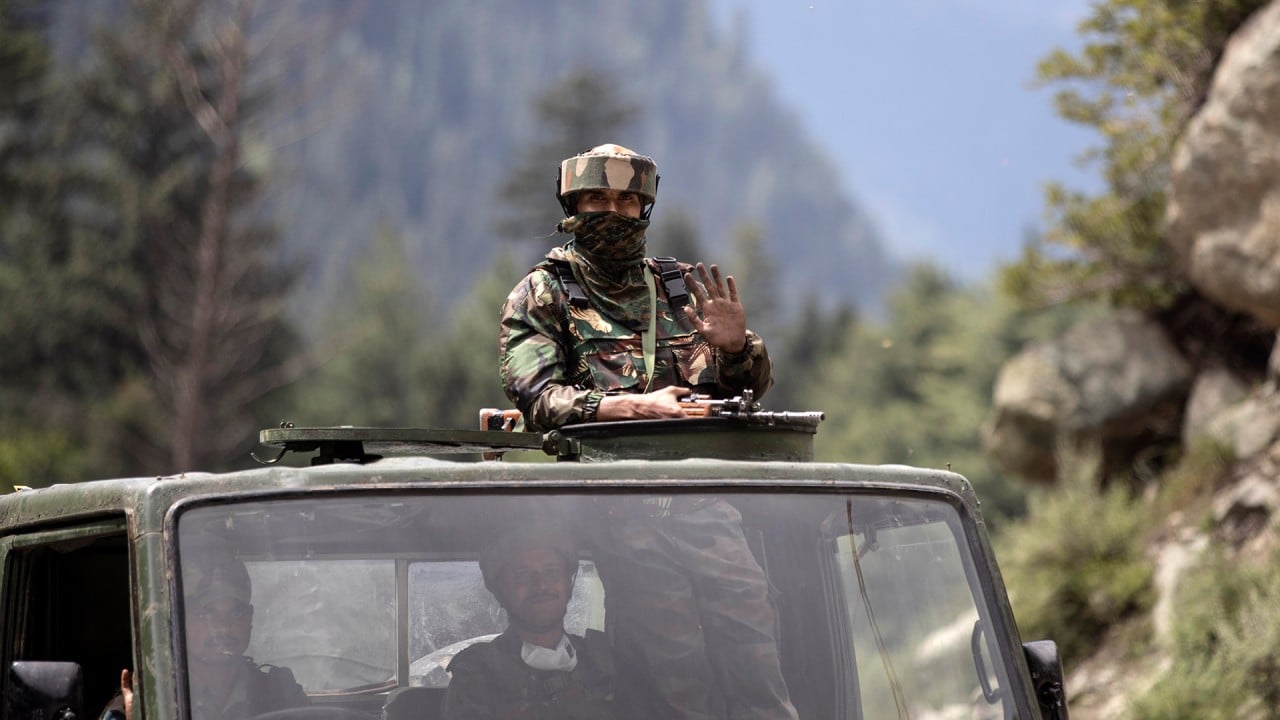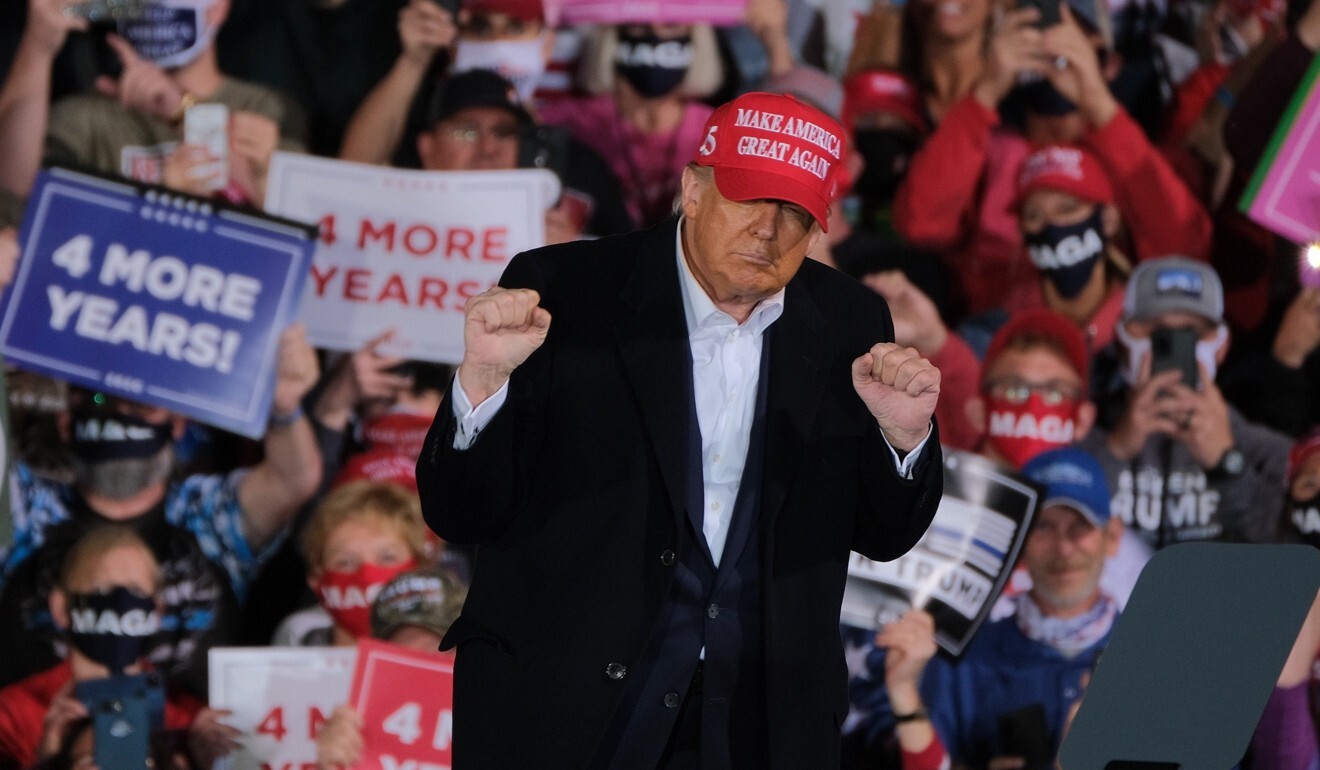
What the timing of the US-India defence deal reveals
- Not only was the signing of the US-India defence pact important, the visit by America’s top two national security officials came just a week before the presidential election
- This signals a longer-term shift in US policy towards both India and China
The visit took place a week before the US presidential election and leaves no doubt about the importance of US engagement with India at a time when the world’s most powerful democracy and its largest one are both being challenged by their failure to control the Covid-19 pandemic.
This was Pompeo’s fourth visit to India as secretary of state and the third meeting in the US-India 2+2 ministerial dialogue. The two countries cemented military ties by signing the last of four foundational accords, the Basic Exchange and Cooperation Agreement, under which they will share geospatial intelligence.
Today, the Nato-like Indo-Pacific alliance has been firming up, triggered by the recent Sino-Indian border conflict.

01:59
China, India accuse each other of firing shots in tense border region
By doing so, New Delhi went against the 1988 breakthrough, after which economic and cultural relations between India and China were to be developed, irrespective of the ongoing border dispute.
It is an open secret that India and the US have, in recent years, been consistently tightening the cooperation that began with the US-India civil nuclear cooperation agreement in 2008. The newly signed defence pact will allow the two Quad partners to share satellite and mapping data, enhancing the accuracy of missiles and drones, and allowing for better surveillance of adversaries.
It is no surprise that the US-India alliance is aimed mainly at counterbalancing China’s influence. After the 2+2 ministerial dialogue in New Delhi, Pompeo remarked that “we have a lot to discuss today: our cooperation on the pandemic that originated in Wuhan, to confronting the Chinese Communist Party’s threats to security and freedom, to promoting peace and stability throughout the region”.
From an American perspective, China is not the elephant in the room any more, but an enemy of the US.

The timing of Pompeo’s visit suggests it is part of a long-term strategy vis-à-vis both China and India, one that will continue regardless of who occupies the White House. It is clear that the US trade war with China is irreversible, although it may take different forms.
Is the Quad on track to take on Beijing?

By accelerating military cooperation with the US, India has finally removed the mask of non-aligned foreign policy that it has nominally employed since 1947. During the Cold War, non-alignment was supposed to allow India to manoeuvre between the US and the former Soviet Union.
Today, increased border tensions and China’s attempt to interfere in India’s internal affairs – issues both Indian officials and public opinion have always been sensitive about – make it impossible to keep the facade of neutrality.
In their statements, neither Jaishankar nor Singh called a spade a spade, but the Indian government’s anti-Chinese motivations cannot be doubted. India now seems ready to secure its Himalayan borders through an international military alliance for the first time in its post-independence history.
Dr Patrick Mendis, a former American diplomat and a military professor in the Nato and Pacific Commands, is a distinguished visiting professor of global affairs at the National Chengchi University and a senior fellow of the Taiwan Center for Security Studies in Taipei
Dr Antonina Luszczykiewicz, a specialist in political and cultural history of China and India, is affiliated with the Jagiellonian University in Krakow, Poland. Both currently serve as Taiwan fellows of the Ministry of Foreign Affairs, the Republic of China


